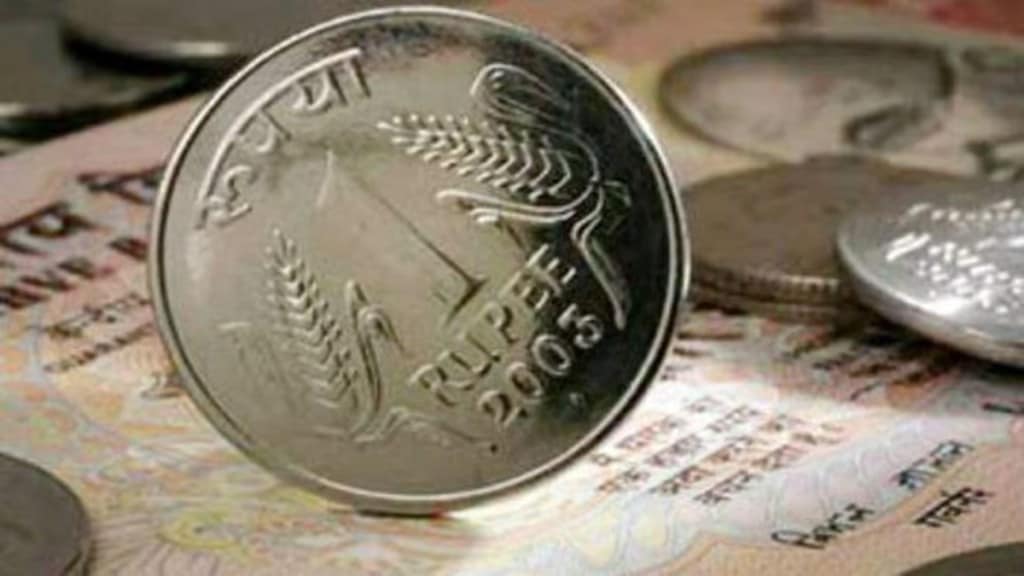By Jamal Mecklai
In 2014, one of Mark Zuckerberg’s mantras when he was building out Facebook was “move fast and break things”. But, when a big old guy starts to move fast and break things, chances are you will get an unholy mess.
Donald Trump has started superfast, appointing his senior advisors and making announcements, the first of which was that on Day 1, he will implement tariffs of 25% on all imports from Mexico and Canada (unless they act to prevent immigrants coming to their borders), and an additional 10% on all imports from China (over and above the significant tariffs already in place).
China, recognising that its huge trade surplus with the US is like a red rag to the Make America Great Again (MAGA) bull, has already responded by reducing the value added tax rebate it was providing to exporters on aluminium and copper products. This has immediately led to a sharp rise in prices of these metals on the London Metal Exchange. In a natural dance, the local producers of these products in India at least (and I would suspect elsewhere) have immediately pushed up domestic prices. The unsurprising conclusion is that even discussion, let alone imposition, of tariffs directly increases prices.
Another immediate knee-jerk effect is the weakening of the currencies of Trump’s targets — the euro has fallen by 1.5% since his election, as has the Chinese yuan. With China clearly the major MAGA target, global banks are expecting further sharp falls in the yuan over the next few months. While this may provide some comfort to manufacturers in these countries, there is a limit on how low they can go, particularly since currency weakness would certainly reignite — and, in some cases, sustain — inflation.
However, the biggest issue with Trump’s approach is that it will do precious little to bring support to the forgotten Americans, who I believe he genuinely wants to help as an essential part of his MAGA push.
Let us say that as a result of the tariffs on automobile imports from Mexico, Ford (for instance) decides to close down a plant (or plants) there and open them back in the US, paying the higher US wages. Let us also say that these higher costs could be absorbed if the domestic prices rose to at least the tariff-adjusted level. This would generate jobs, to be sure — a key priority — but also create more than a whiff of inflation. That is unless Trump is willing — and able — to put pressure on the companies to squeeze their margins to square the circle.
Lower margins could tank the stock market, which is certainly flying on a lot of gas, unless, of course, he also cuts corporate taxes, as he plans to. But this would continue to widen the deficit, again pushing up inflation.
It looks like whichever way you turn, inflation is going up in the US, and the Fed will probably have to stop dead in its tracks in its monetary easing and may well have to raise rates sometime in 2025. Boom, boom, splat! to the stock market and uppity, up, up! to the dollar.
The market will get you every time, even if you are Donald Trump.
The impact of all this on India is that it is exposing the Reserve Bank of India’s (RBI) flawed approach to managing the rupee. Growth is sharply down — 5.4% in Q3 as compared to 6.7% in Q2, well below the expectations of 6.5% and the lowest in seven quarters; inflation, at 6.21% in October, is the highest in a year, up from 5.49% the previous month, and well above forecasts of 5.81%; and, most relevant in this context, the foreign currency reserves are collapsing.
The RBI’s foreign currency assets (FCA) were reported at $567 billion as of November 22; if you add the $70 billion the RBI is short in the forward and non-deliverable forward markets, the FCA are lower than $500 billion. The last time they were this low was two years ago (November 2022), when the FCA were $487 billion and forward holdings were a long $8 billion. (Note these numbers are for foreign currency assets, not total reserves which include gold and special drawing rights.)
Again, with the rupee falling less than other currencies, particularly the yuan, and the likelihood that Chinese dumping is bound to accelerate as China struggles to find buyers with the US getting progressively more closed to it, Indian business could suffer a double whammy — reduced domestic sales and less competitive exports.
It’s more than time that the RBI gives up on its incomprehensible and dangerous balancing act and gives the rupee some more room to float.
The writer is CEO, Mecklai Financial.
Disclaimer: Views expressed are personal and do not reflect the official position or policy of FinancialExpress.com. Reproducing this content without permission is prohibited.

